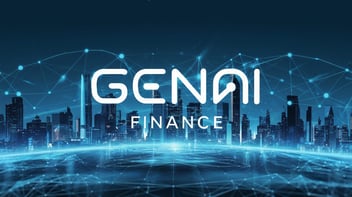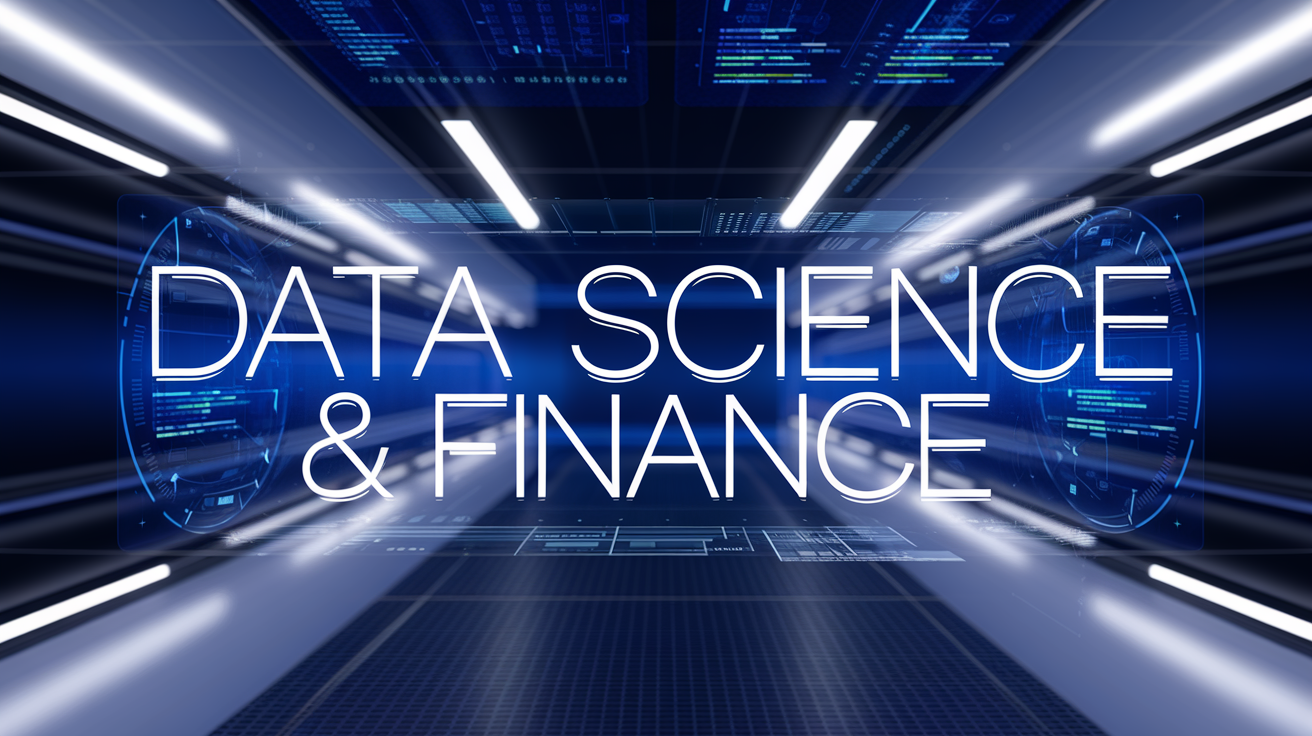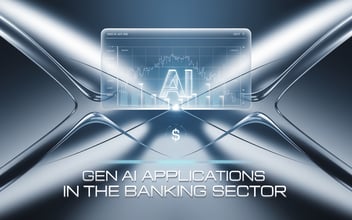
As global markets grow more complex and customer expectations rise, financial institutions are increasingly turning to data science to maintain a competitive edge. In 2025, the fusion of cutting-edge data science techniques with financial services is not just a trend, it’s a revolution. From automation and real-time insights to alternative data and blockchain, the financial sector is embracing a tech-driven future where speed, precision, and intelligence are paramount. (Arxiv)
In this article, we’ll explore the most transformative financial data science trends that are shaping the future of the industry. Whether you’re a data scientist, a fintech innovator, or a finance professional looking to stay ahead of the curve, understanding these innovations is essential.
1. AI and Machine Learning Driving Financial Analytics
Automating Complex Financial Processes
AI and Machine Learning are redefining how financial institutions operate by automating traditionally manual, labor-intensive processes. From invoice processing to regulatory reporting, AI-enabled automation can handle large-scale, repetitive tasks with greater speed and accuracy, reducing human error and operational costs.
For instance, banks now use ML models to automate credit underwriting by analyzing customer financial histories in real time, speeding up loan approvals from days to mere minutes. This allows financial analysts to shift their focus from data entry to strategic initiatives like investment analysis and portfolio optimization.
Enhancing Predictive Modeling
Financial forecasting has always relied on modeling, but AI makes it more precise. Advanced algorithms are capable of analyzing vast amounts of historical and real-time data to detect patterns that would be invisible to human analysts.
For example, hedge funds are increasingly deploying AI-driven trading algorithms that adjust in real time to market shifts, news sentiment, and social media chatter, leading to faster and smarter trading decisions. Similarly, banks use predictive models to anticipate customer churn and proactively offer tailored products to improve retention.
2. Real-Time Analytics for Rapid Decision-Making
Leveraging Live Data Streams
Financial institutions no longer rely solely on static reports. Real-time analytics enables them to react immediately to market events, customer actions, or operational issues. Whether it's fraud detection or high-frequency trading, live data streams give businesses the agility they need in fast-moving markets.
For example, fraud detection systems use streaming analytics to flag unusual behavior as it happens, such as a sudden international login or a spike in withdrawals. This allows banks to intervene in real time, safeguarding customer assets.
Cloud Computing’s Role in Real-Time Processing
Cloud-based analytics platforms empower financial teams to process large volumes of data quickly and cost-effectively. By offloading storage and computing to the cloud, firms can deploy scalable, real-time analytics solutions without the burden of infrastructure management.
A great example is how investment platforms are using cloud services to provide up-to-the-minute portfolio performance dashboards for their clients, something that was once only available at the end of the trading day.
3. Advanced Data Visualization Techniques
Enhancing Financial Reporting
Modern data visualization tools are transforming how financial data is communicated. Interactive dashboards, powered by tools like Power BI or Tableau, allow stakeholders to drill down into specific metrics, uncover trends, and share insights with minimal technical knowledge.
Imagine a CFO presenting quarterly earnings through a dynamic dashboard instead of a static slide deck, complete with live KPIs, charts that update in real time, and filters for custom views by region or department. It’s not just more engaging, it’s more effective.
Driving a Data-Driven Culture
By making data more accessible and digestible, visualization encourages the organization-wide adoption of data-driven decision-making. Business users who may not be data scientists can still explore complex datasets visually, fostering a more agile and informed work environment.
Financial advisors, for example, are now using visual storytelling techniques to explain investment performance to clients, building trust and transparency through clear, intuitive data narratives.
4. The Rise of Alternative Data Sources in Finance
Expanding Beyond Traditional Data Sets
As traditional financial data reaches its limits, institutions are increasingly exploring alternative data sources for competitive insights. These include social media sentiment, satellite imagery, weather patterns, foot traffic, and even purchasing behavior scraped from e-commerce platforms.
For example, some investment firms analyze satellite images of retail parking lots to estimate quarterly sales before earnings reports are released. Others mine web traffic data to predict which companies are gaining consumer traction.
Improving Risk Assessment and Customer Segmentation
Alternative data is also revolutionizing risk modeling and customer analytics. Lenders can now refine credit scoring models by analyzing utility payments, rental histories, and even social media activity, which is particularly useful for underbanked or thin-file customers.
Insurance providers are also getting in on the trend, using weather and geolocation data to personalize premiums and assess climate risk more accurately.
5. Blockchain Technology Enhancing Financial Security
Securing Transactions and Reducing Fraud
Blockchain technology provides a secure, immutable ledger that reduces fraud and enhances trust in financial transactions. Its decentralized nature ensures that every transaction is recorded and verifiable, cutting down on manipulation and errors.
Banks and cross-border payment platforms are now adopting blockchain to streamline international wire transfers, eliminating delays and fees typically associated with intermediary banks.
Smart Contracts Automating Financial Agreements
Smart contracts, powered by blockchain, are self-executing agreements with terms directly written into code. They remove the need for middlemen in transactions such as real estate settlements, insurance claims, or syndicated loans. (Financial News London)
For instance, when a smart contract detects that all loan conditions have been met, it can automatically release funds, saving time and administrative overhead.
Conclusion: The Data-Driven Financial Future is Now
The convergence of data science and finance in 2025 is not a slow evolution, it’s an active transformation. From AI-driven automation and real-time decision-making to blockchain-powered security and alternative data for deeper insights, financial institutions are stepping into a new era of intelligence and agility.
Embracing these trends isn't optional; it's essential for staying competitive, compliant, and customer-focused in an increasingly digital financial world.
Facilitating AI Integration with Pacific Data Integrators (PDI)
Integrating Generative AI and Large Language Models (LLMs) into banking and finance can seem daunting, but with Pacific Data Integrators (PDI), it becomes a streamlined and supported journey. Partnering with PDI ensures a seamless transition and enduring success, turning challenges into opportunities. Discover how PDI's tailored solutions can transform your business by consulting with our experts today.

Posted by PDI Marketing Team
Pacific Data Integrators Offers Unique Data Solutions Leveraging AI/ML, Large Language Models (Open AI: GPT-4, Meta: Llama2, Databricks: Dolly), Cloud, Data Management and Analytics Technologies, Helping Leading Organizations Solve Their Critical Business Challenges, Drive Data Driven Insights, Improve Decision-Making, and Achieve Business Objectives.




